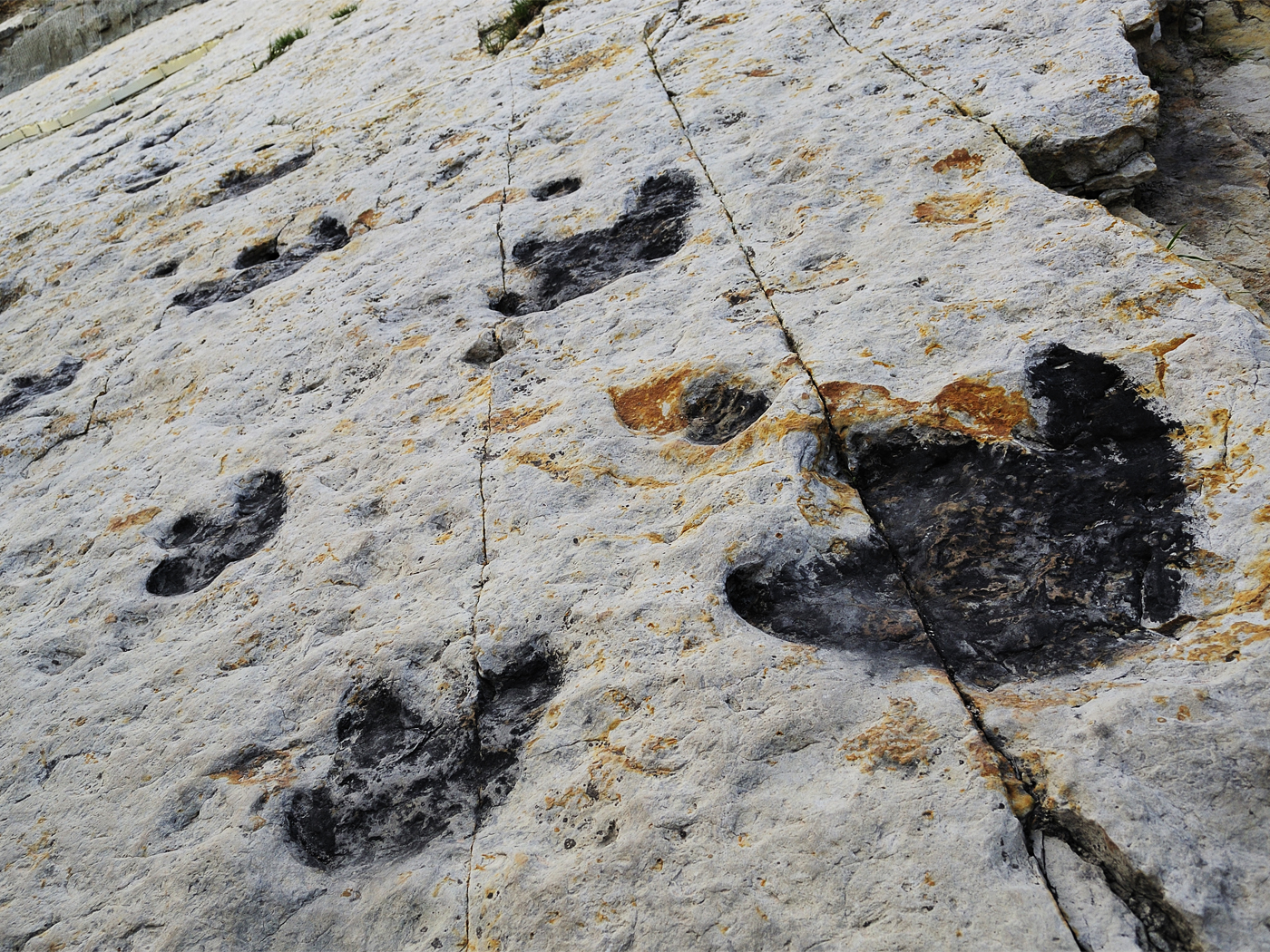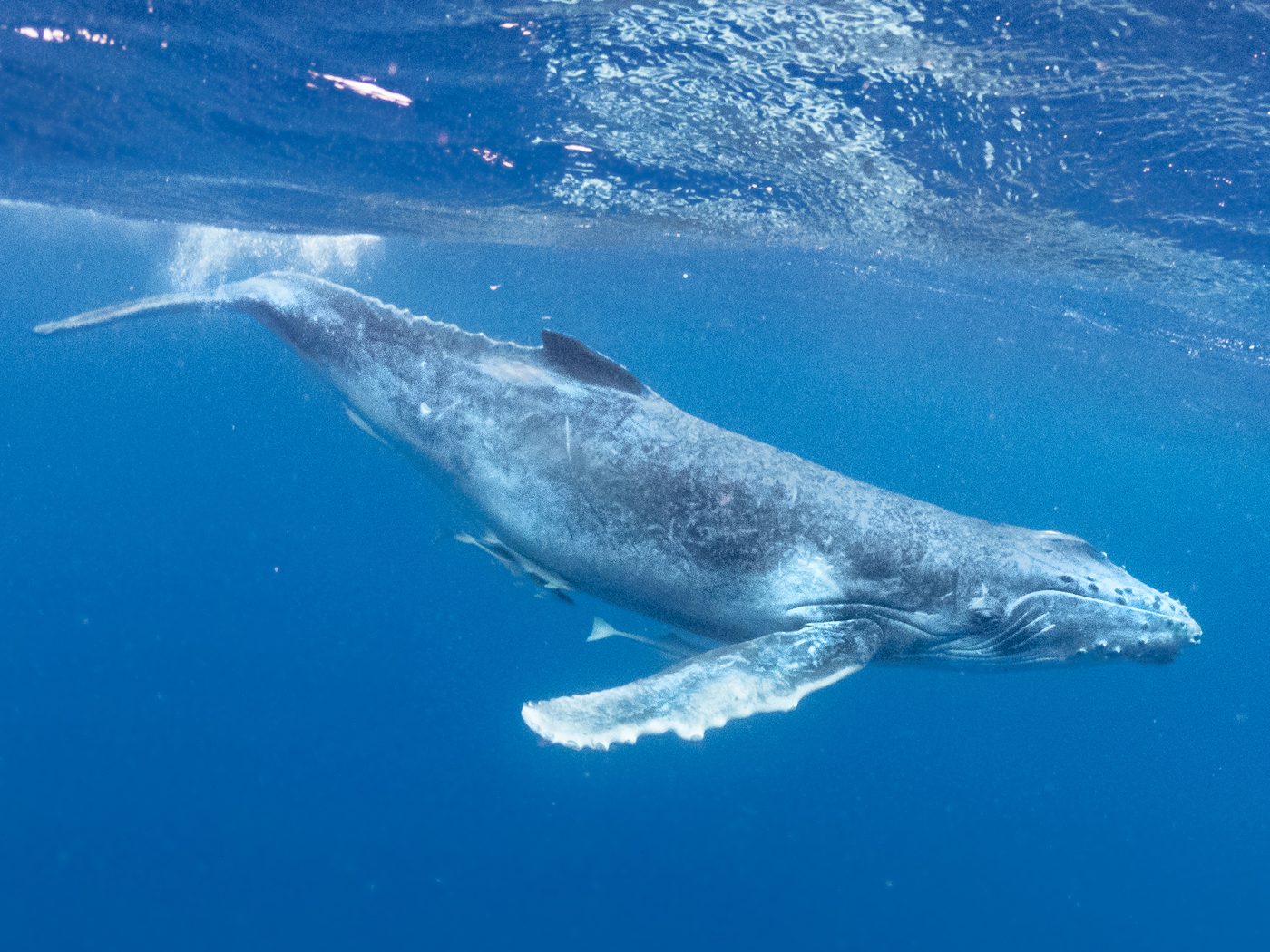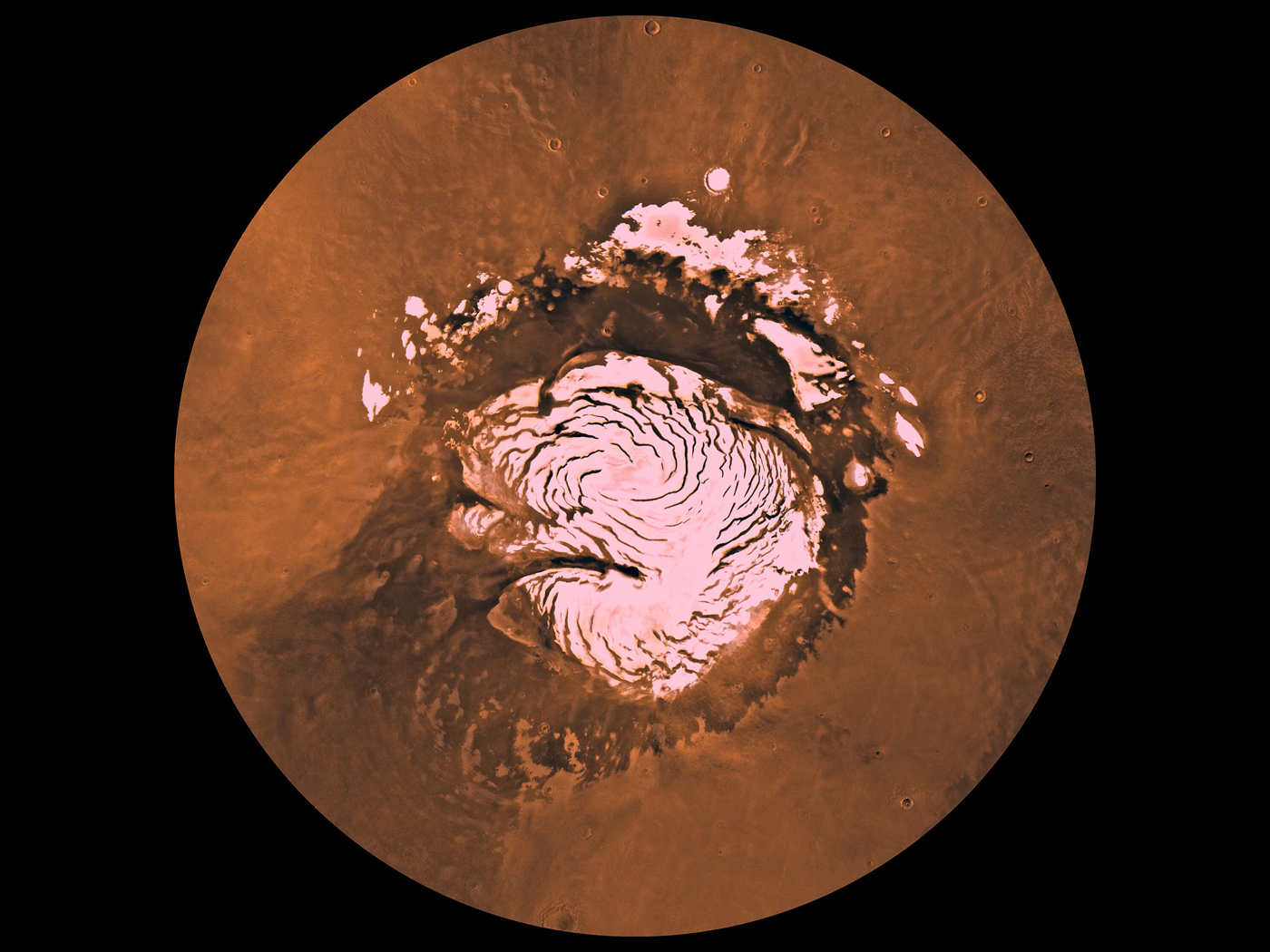Most of us have heard about the steady increase in CO2 in the earth’s atmosphere, sometimes called the Keeling Curve.1 Many have tied this current upswing to climate change, and many have blamed the burning of fossil fuels for this increase. But is it that simple?
A new study published in Nature has found that the weathering of certain rocks can be a major contributor to atmospheric CO2. The team led by scientists at Oxford University found that exposed organic-rich shale rock releases 68 megatons of CO2 annually.2 This is close to the volume of CO2 released each year by volcanic degassing, which totals about 80 megatons.2
Of course, the scientists were quick to point out that humans still purportedly produce a lot more CO2 than the amount contributed by shale-rich rocks. Robert Hilton, one of the co-authors of the Nature paper, said, “This [68 megatons] is about 100 times less than present day human CO2 emissions by burning fossil fuels, but it is similar to how much CO2 is released by volcanoes around the world, meaning it is a key player in Earth’s natural carbon cycle.”
But prior to this study, scientists thought that shale rock weathering was a CO2 sink.3 The belief was that chemical weathering of rocks by weak acids in rainwater sequestered CO2.3 The Oxford study showed that was completely wrong.
Their methods employed a proxy element called rhenium that is released into waterways as organic carbon when organic-rich shale rocks weather.2 By measuring the amount of rhenium in river systems across the globe, the scientists were able to make an estimate of the volume of CO2 released from organic shales.2
They found “hot spots” of highest CO2 release near mountain uplifts where the shale rocks are exposed, such as the Rocky Mountains and the Andes Mountains.2
The results of this study make one wonder what other “key players” are out there that may be contributing to the increase in CO2. Recall, the Keeling Curve shows a steady increase. A steady increase demands a steady source. Burning of fossil fuels is an unlikely steady source.
One potential steady source of CO2 that may play a big part in the overall CO2 level could be weathering of exposed carbonate rocks, such as limestone and dolomite. Carbonate rocks total about 23% of the sedimentary rock record.4 The Oxford team did not assess them in their study, yet these rocks are essentially pure CaCO3 and CaMg (CaCO3)2, making them another likely “key player” in the explanation of the Keeling Curve. When weak acid hits these rocks, CO2 is released directly into the atmosphere, and thick carbonates, sometimes many hundreds of feet thick, are exposed on mountains all over the globe. In addition, carbonate rocks are exposed at the surface across vast regions of the continents, including central North America, northern Africa, and the Middle East.5
The deposition of thick carbonates during the Flood year must have sequestered tremendous volumes of CO2. Now, their continuous erosion is likely causing a fairly uniform release of CO2 back into the atmosphere. This could be another, and even greater, unforeseen “key player” in the steady increase of CO2 in the atmosphere. Until this factor is quantified, we should be cautious in making premature conclusions about the cause of the Keeling Curve.
The Lord Jesus created amazing systems of checks and balances to make our planet habitable, both before and after the Flood. We must be wary of oversimplifying the intricate systems He put in place. We know too little.
“For My thoughts are not your thoughts, nor are your ways My ways,” says the LORD. “For as the heavens are higher than the earth, so are My ways higher than your ways, and My thoughts than your thoughts.” (Isaiah 55:8–9)
References
- The Keeling Curve is a daily record of atmospheric carbon dioxide. It has shown a fairly steady increase since 1960 at Mauna Loa, Hawaii. It is posted at: https://keelingcurve.ucsd.edu/.
- Zondervan, J. R. et al. 2023. Rock organic carbon oxidation CO2 release offsets silicate weathering sink. Nature. 623: 329–333. DOI: 10.1038/s41586-023-06581-9.
- University of Oxford. 2023. Ancient carbon in rocks releases as much carbon dioxide as the world’s volcanoes. ScienceDaily. Posted at sciencedaily.com, October 4, 2023, accessed November 29, 2023.
- This value is from unpublished research across five of the world’s continents by ICR scientists. It compares to estimates by others at 20–22%.
- Clarey, T. 2020. Carved in Stone: Geological Evidence of the Worldwide Flood. Institute for Creation Research: Dallas, TX.
Stage image: Dolomites (Italy, October-November 2019)
Stage image credit: Copyright © Bruno Rijsman, 2019. Used in accordance with federal copyright (fair use doctrine) law. Usage by ICR does not imply endorsement of copyright holder.
* Dr. Clarey is Director of Research at the Institute for Creation Research and earned his doctorate in geology from Western Michigan University.













